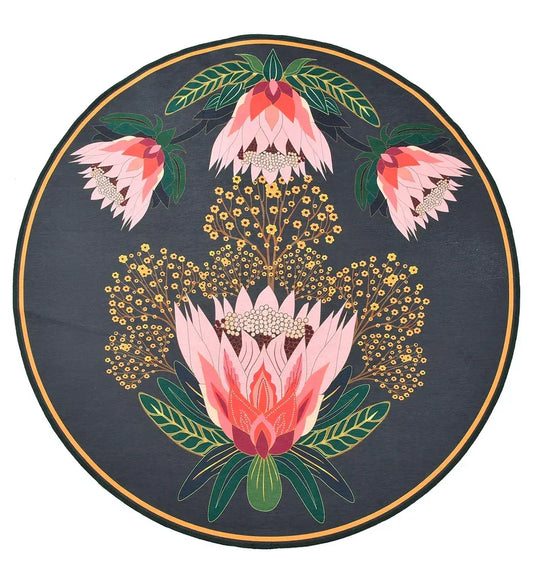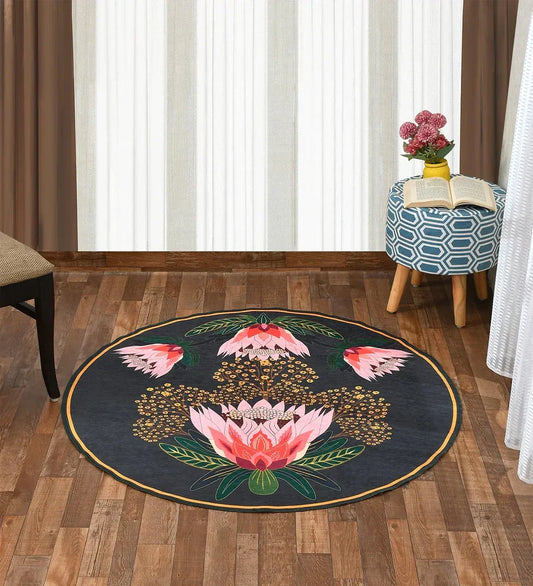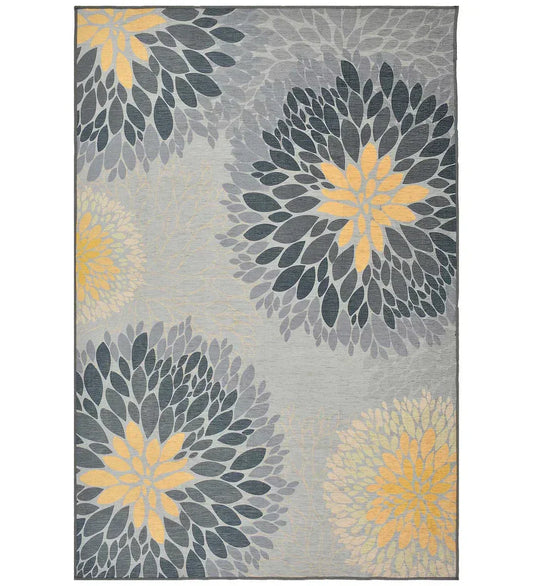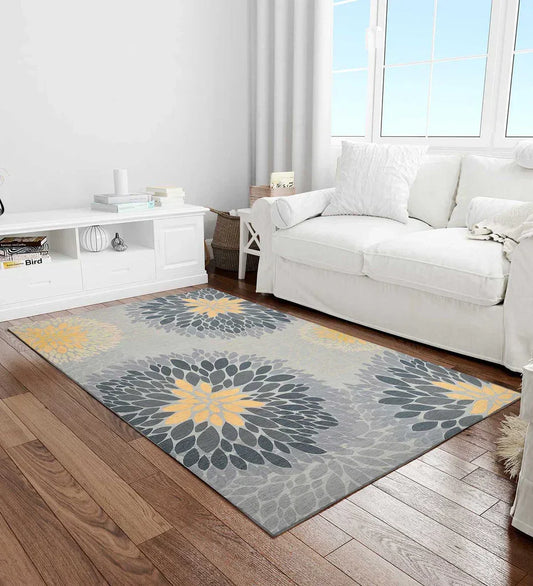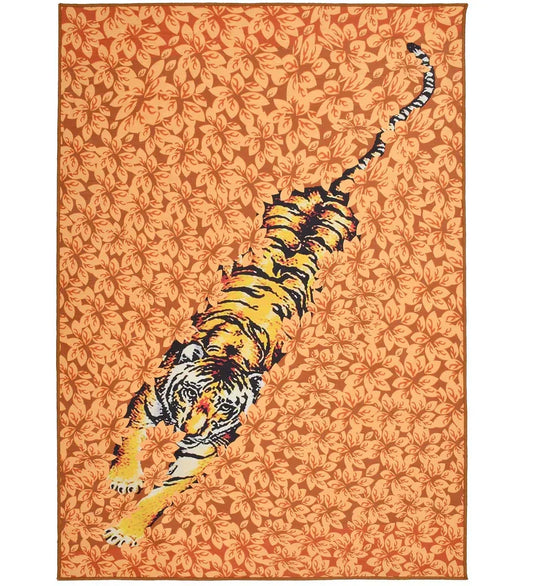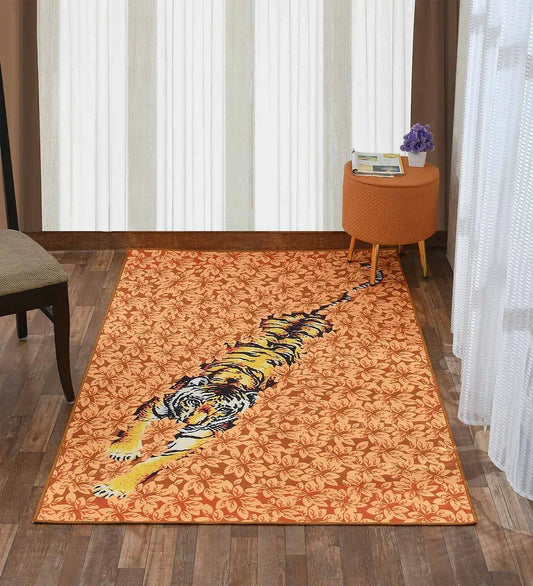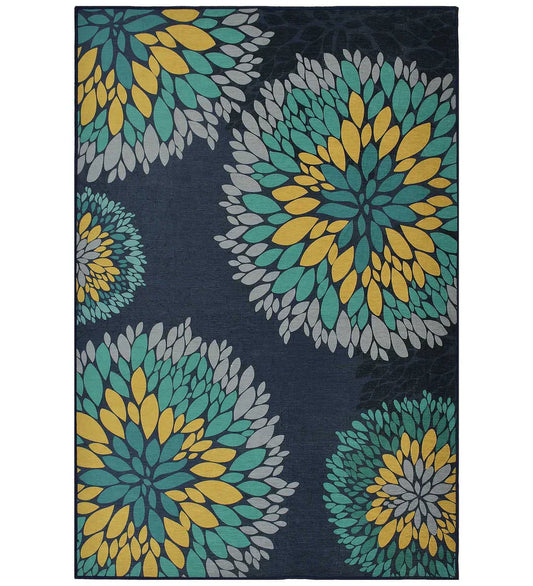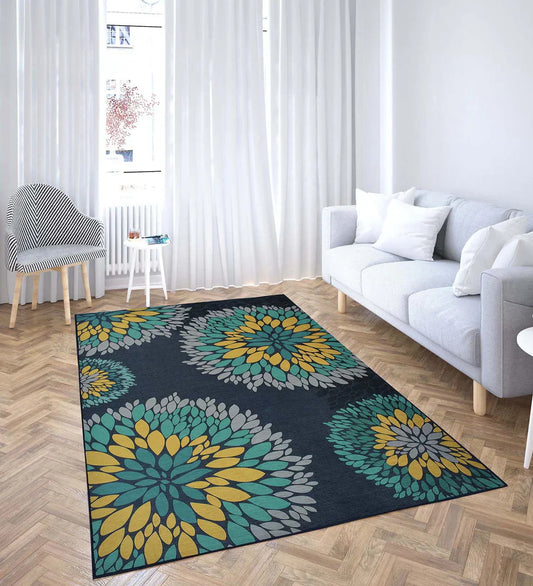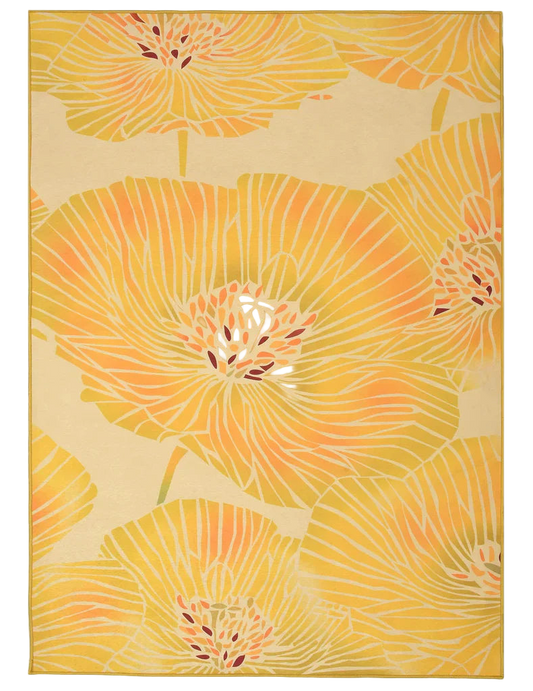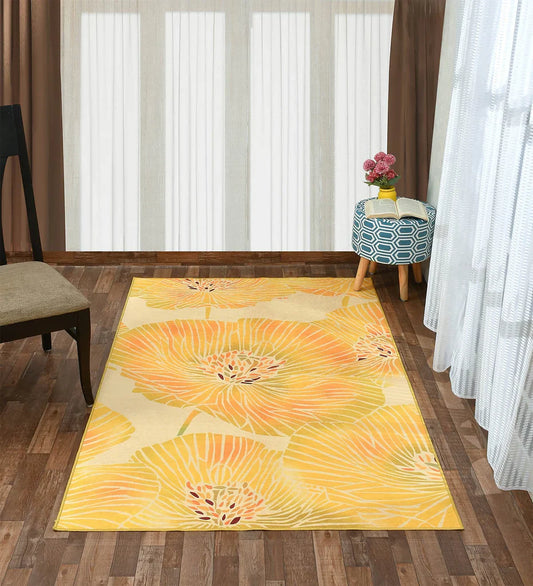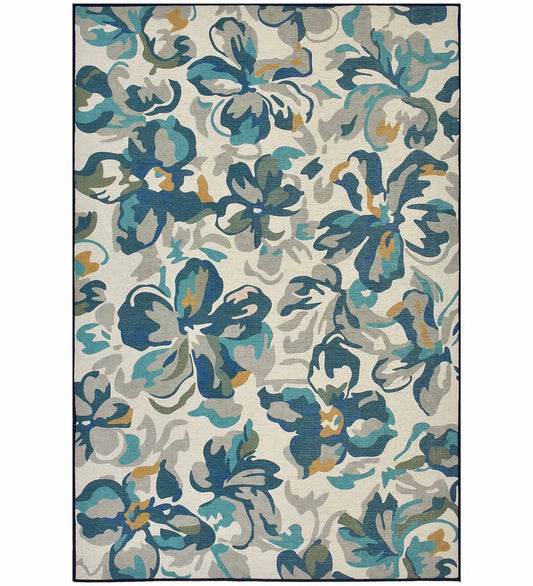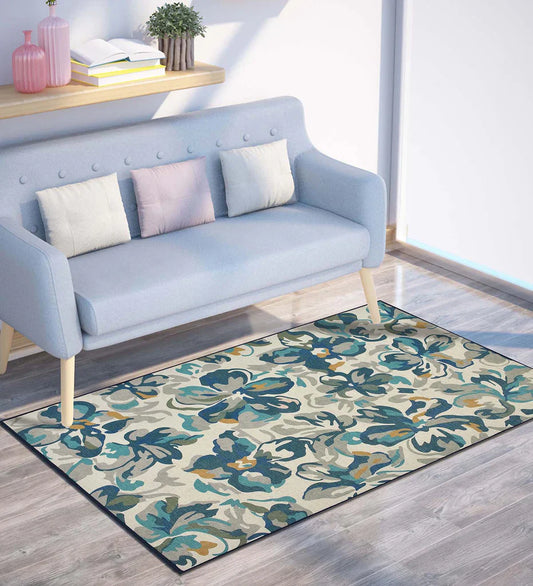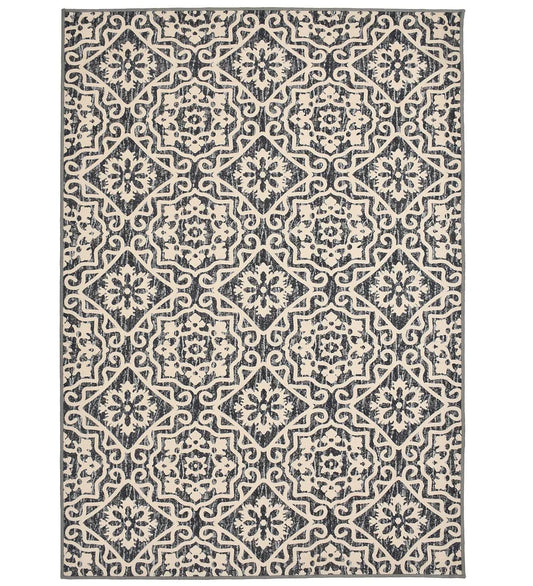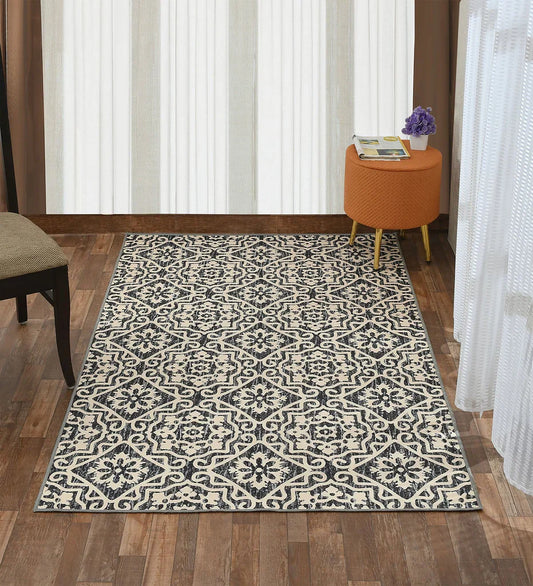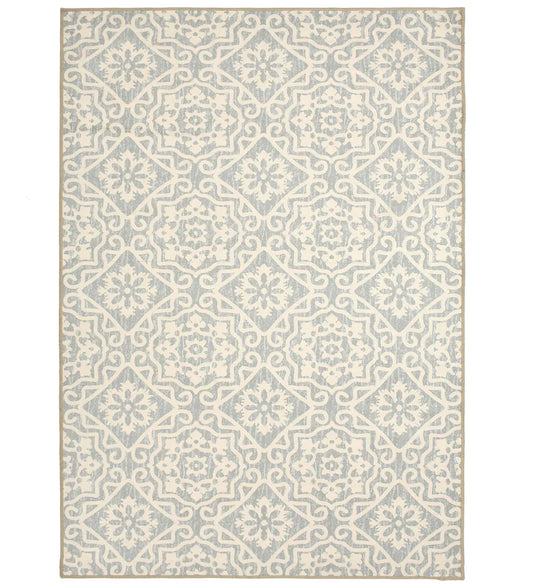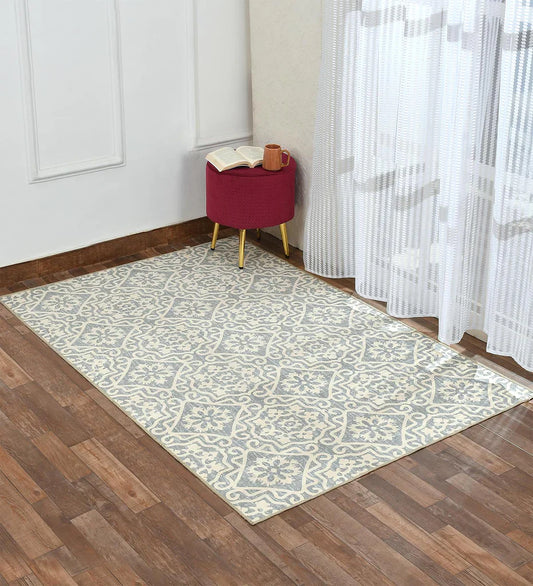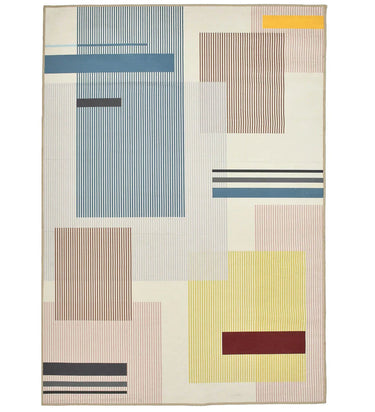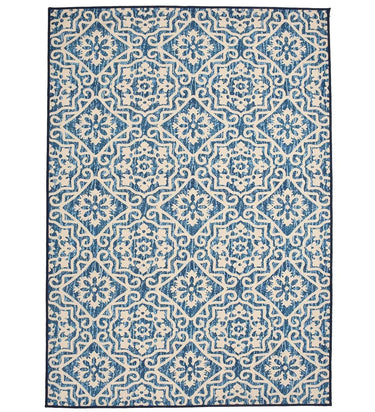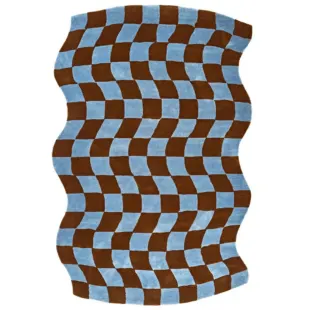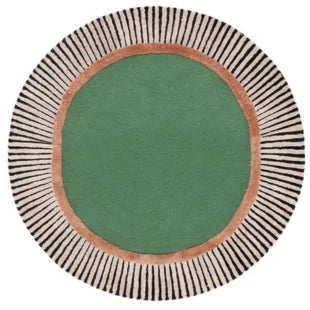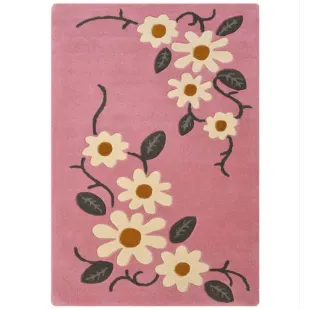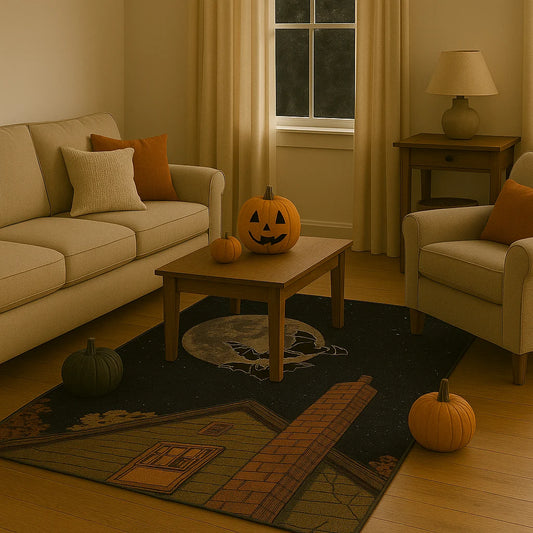Is a rug considered furniture or decor?
Discover how rugs function in home design, their role in styling, and what experts say about their classification.
When we are designing or decorating a home, one of the most common (yet surprising) questions is, 'Is a rug considered furniture?'
To be honest, rugs undoubtedly enhance the aesthetics, comforts, and acoustics of a space.
But do they qualify as furniture in the traditional or functional sense?
In our comprehensive guide, we’ll explore this question and many other questions related to it from multiple angles: definitions, design roles, expert perspectives, and cultural interpretations.
Whether you're a homeowner, or an interior designer, or simply curious, our post will help you to understand how rugs fit into the home styling.
What Exactly Is Furniture?
To determine that a rug is considered furniture, we must first define what furniture truly means.
Standard Definition of Furniture:
Furniture refers to movable objects intended to support various human activities, such as sitting, sleeping, dining, or storage.
Classic examples include:
- Sofas and chairs (for seating).
- Tables and desks (for working or dining).
- Beds (for sleeping).
- Dressers and cabinets (for storage).
Key Characteristics of Furniture:
- Elevated: Usually raised off the floor.
- Functional: Supports physical use or storage.
- Structural: Rigid in form.
- Repositionable: Though large, typically movable.
So now the question arises: Is a rug furniture, based on these attributes?
Is a rug considered furniture?
Short Answer: No, a rug is not traditionally considered furniture.
Most industry experts, legal documents, and retail classifications do not classify rugs as furniture. Instead, rugs fall under categories like:
- Soft furnishings.
- Home decor accessories.
- Textile floor coverings.
However, this classification isn’t as clear-cut as it seems. Rugs share several traits with furniture and often play a foundational role in room layout and usage.
Are Rugs Furniture or Soft Furnishings?
Soft Furnishings vs Furniture:
Soft furnishings (sometimes also called as textiles) include:
- Curtains.
- Cushions.
- Throws.
- Rugs.
While they don’t support the body structurally, they support ambiance, comfort, and functionality - essential elements of interior design.
So, is a rug considered furniture or a furnishing?
Technically, it’s a furnishing. But its role in a room makes it behave almost like an anchor piece of furniture.
The Functional Role of Rugs in Interior Design:
While rugs may not meet the rigid criteria of furniture, they play critical roles in home styling:
1. Add Visual Interest:
Rugs come in various:
- Patterns: Geometric, floral, tribal.
- Textures: Wool, cotton, jute, and synthetic.
- Colors: Neutrals to vibrant shades.
They introduce personality, contrast, or cohesion within a design theme.
2. Define Spaces in Open Layouts:
Especially in open-plan homes, rugs act as invisible room dividers segmenting:
- Dining areas.
- Lounges.
- Entryways.
- Workspaces.
This space definition is a functional layout strategy used by interior designers worldwide.
3. Protect Flooring:
Placing a rug beneath furniture or in high-traffic areas:
- It minimizes scratches.
- Also prevents dents from heavy objects.
- Works as a shield against UV discoloration.
4. Offer Insulation and Comfort:
Rugs provide thermal insulation, especially on concrete, tile, or hardwood floors, making them essential in colder climates or basements.
5. Reduce Noise and Improve Acoustics:
Much like wall panels or acoustic tiles, rugs absorb sound, reducing:
- Echo.
- Footstep noise.
- Ambient disruptions.
This is especially useful in apartments or office environments.
Is a rug a piece of furniture?
Arguments For and Against:
Why Rugs Could Be Considered Furniture:
|
Argument |
Explanation |
|
High investment |
Premium hand-knotted rugs can cost as much as a dining table. |
|
Foundational impact |
Rugs guide the placement of sofas, coffee tables, etc. |
|
Cultural usage |
In Middle Eastern and Asian traditions, rugs double as floor seating. |
|
Multi-use textiles |
Meditation rugs or floor cushions serve direct functional roles. |
Why Rugs Are Not Considered Furniture:
|
Argument |
Explanation |
|
No elevation |
Rugs lie flat and don’t support body weight like a chair or bed. |
|
No storage |
Furniture often offers storage or active utility. |
|
Legal & retail distinctions |
Most contracts, policies, and stores classify rugs separately. |
|
Lack of rigidity |
Rugs are flexible and don’t structurally define function. |
What Do the Experts Say?
Interior Designers:
Designers often classify rugs as soft furnishings, but many acknowledge their foundational importance.
“We often start with the rug- it defines the palette and flow of the entire room.”
-Amy Lucas, Room Service Interior Design
Designers rarely classify rugs as furniture but often treat them as a design equal to furniture due to their spatial impact.
Legal & Insurance Perspectives:
- IRS and tax codes classify rugs separately from structural furniture.
- Home insurance treats rugs as personal property, not fixtures.
- Commercial leasing contracts list carpets and rugs under building improvement or décor.
Cultural Views:
In countries like Japan, Iran, and India:
- Rugs serve as seating, prayer mats, and sleeping surfaces.
- They fulfill multi-functional furniture roles, especially in low-furniture homes.
In such cultures, is a rug considered furniture? The answer would be more affirmative than in the West.
When Context Influences Classification:
Use-Based Categorization
- Decorative rug in a living room: Not furniture.
- Tatami mats used for sitting: Considered furniture.
- Meditation rug: Functionally furniture.
- Wall-hung rug: Art deco.
Just like a stool used as a nightstand is still furniture, function determines classification in many real-world cases.
Furniture vs. Furnishing Cohazelmparison
|
Feature |
Traditional Furniture |
Rug / Furnishing |
|
Structural elevation |
YES |
NO |
|
Human body support |
YES |
NO (with exceptions) |
|
Movable |
YES |
YES |
|
Storage |
YES |
NO |
|
Design anchor |
YES |
YES |
|
Functional use |
YES |
YES (contextual) |
FAQs: Is a rug furniture?
Is a rug a piece of furniture or decoration?
Rugs are primarily considered decorative furnishings, but in some cases (like floor cushions), they serve furniture-like functions.
Is a rug considered furniture for tax or insurance purposes?
No. In both IRS tax codes and home insurance policies, rugs are classified under personal property or floor coverings, not furniture.
Are rugs furniture in minimal or cultural interiors?
Yes, in minimalist, Bohemian, or Eastern cultures, rugs may substitute for chairs or beds, acting as functional furniture.
Is carpet furniture or flooring?
Wall-to-wall rugs is generally classified as flooring, while area rugs are home décor items.
Conclusion: Is a Rug Considered Furniture?
The answer totally depends on whom you ask and how the rug is really used.
If you ask from a legal and retail perspective, rugs are not considered furniture. They belong in the domain of soft furnishings and decorative accessories.
However, if you ask from a design and cultural lens, rugs often play central functional roles in how a space is used and experienced.
Whether they define zones, cushion steps, or serve as floor seating, rugs anchor the purpose of a room, much like traditional furniture does.
Rather than fixating on definitions, just focus on your rug’s function, placement, and impact. Whether or not it’s labeled furniture, a thoughtfully selected rug can transform your room just as much as a designer chair or artisan coffee table.
Crafted with intention by Hazel Grace | Marketing & Content Team - Mannat Rugs.
